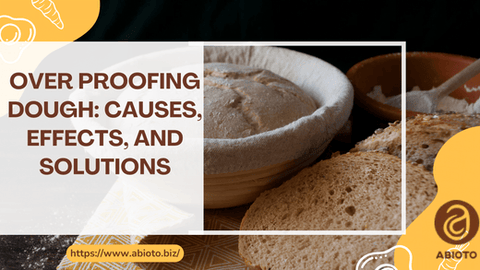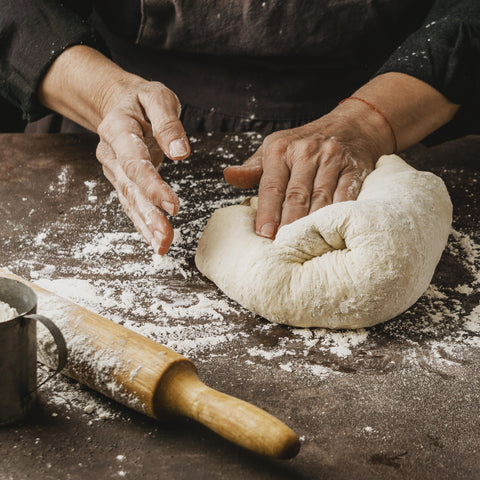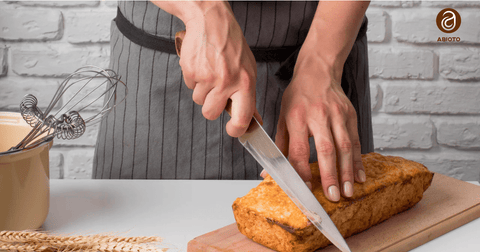Make sure the starter is active but not too old to prevent fermentation from going too far. Also, pick recipes that have been tested to work with the temperature and humidity in your home.
General rules to prevent over-proofing:
-
Always watch the dough: Use tests like the poke or indentation test to check how much the dough has grown. It should be 1.5 to 2 times its original size.
-
Fit everything with the environment: If your kitchen is warm, the dough will rise faster. To slow down the process, move it to a cooler place.
-
Use the refrigerator wisely: The cold culture method reduces yeast activity, lowering the risk of over-proofing and improving flavor.
-
Control the amount of yeast: Recipes that rise slowly usually need less yeast. Adjust the amount to keep fermentation in check.
Personalized tips based on specific recipes:
-
How to make sourdough bread: Ensure the temperature is right for a slow rise. To prevent the warming basket (banneton) from sticking, dust it with flour.
-
Pizza dough: Let it rise only once. Pizza dough typically needs to rise faster to maintain its shape.
-
Sweet dough: It rises faster than cinnamon buns because of the sugar, which makes the yeast work harder. Watch closely to avoid over-proofing.
If you follow these tips and pay attention to the type of dough you're using, all your baked goods will turn out great.
Keep in mind: A loaf of bread that's over-proofed can become thick and flat. Avoid this common mistake by paying attention to the testing process and following these tips.




Comments (0)
There are no comments for this article. Be the first one to leave a message!